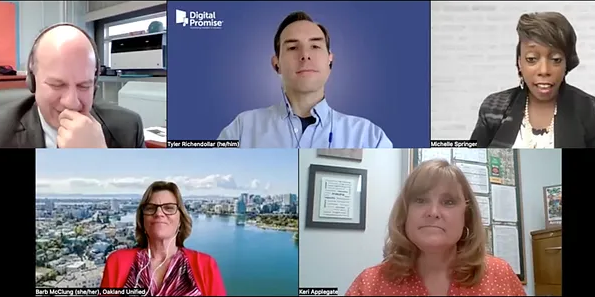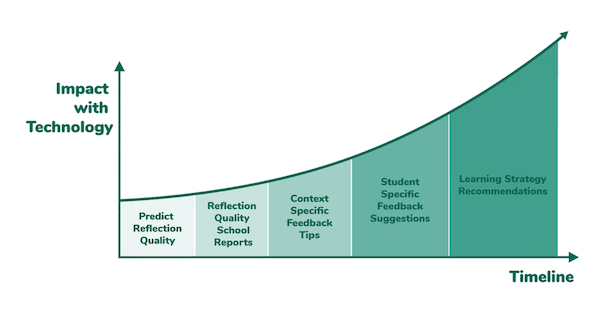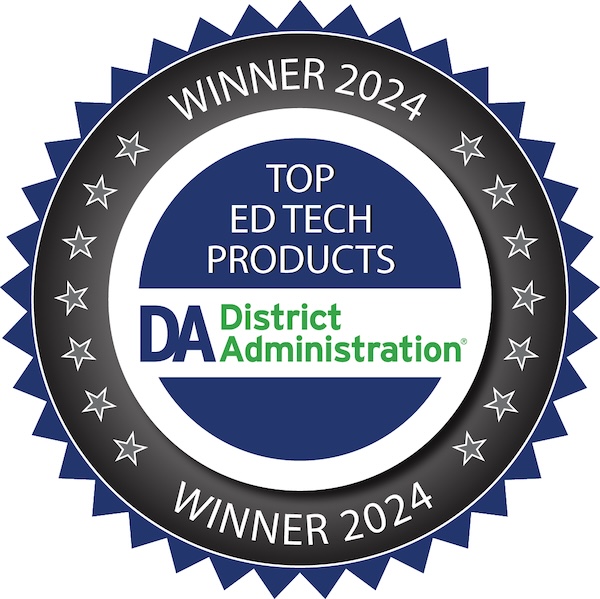Scalable, Practical, and Measurable


In early March, Sown to Grow, in partnership with Digital Promise, convened a panel of district and school leaders representing a diverse range of school systems across California, New York, and Tennessee to discuss how they are transforming systems for student support and lessons they learned along the way. You can view the webinar here.
Many of today’s school systems strive to create multi-tiered systems of support (MTSS) to address the academic, behavioral, and emotional needs of their students. While this work is essential to create an environment that enables students to thrive and build robust strategies to identify and engage students facing challenges, quality MTSS can be difficult to implement. Teachers may feel buried by expectations, staff may have varying comfort levels addressing the non-academic component of school, and leaders may be unsure of what strategies will actually help their students.
Our panel of district and school leaders from Oakland Unified (CA), Metro Nashville Public Schools (TN), Central Elementary (CA), and the NYC Department of Education (NY) have all faced these challenges before and shared learnings for how to implement scalable, practical and measurable MTSS that serves students and teachers.

Scalable — Look for Consistent Practices You Can Build Routines Around
If you are going to implement a district wide approach, you need to start with a simple, consistent practice that can work for all students and teachers.
“In order to scale this type of approach for every student to be known in the district, we had to have some uniform strategies to make sure that no matter the school, no matter the zip code there were some guaranteed experiences for all of our students.”
– Dr. Michelle Springer, Chief of Student Support Services, Metro Nashville Public Schools (TN)
Scalable — Create Pathways for Feedback and Evolution
Robust MTSS is a constantly evolving process. Make sure to solicit feedback throughout implementation to make sure it remains useful and doable.
“Along the way we had to listen to the staff. They are the implementers. We ask ‘How are you experiencing this initiative? What can we do to make this better?’ We are absolutely committed to making changes to our practice to ensure that it is easy, systemic, manageable, and useful to teachers. And we make sure we have the systems and structures in place to elevate their work.”
– Dr. Michelle Springer, Chief of Student Support Services, Metro Nashville Public Schools (TN)

Practical — Engage Students, Staff, and Community in Co-Developing Solutions
The platforms and programs you implement need to come from the people who will use them. Take time to solicit their ideas for how to best create support structures that will fit into their day.
“It is fundamental for this to be successful to incorporate student voice and parent voice. A lot of the topics we cover in advisory sessions and in Sown To Grow check-ins are suggested by students. It’s important to have their voice centered when you’re creating this structure.”
– Dr. Josh Solomon, Principal, NYC Boss, NYC Department of Education
“When Implementing a new strategy, it can’t be something top-down ‘Here’s what you are all going to do for your kids.’ For us, this work really started from our staff saying we need something to better support our kids. Our culture and climate committee is made up of teachers and staff members who decide each of the steps we’ll take.”
– Keri Applegate, Transitioning Director of Student and Family Engagement, Central Elementary School District (CA)
Practical — Keep it Simple and Engaging
Teachers have a long list of to-dos for their classrooms. If an MTSS strategy is going to stick, it needs to be quick and easy for them to implement, and engaging for students to use.
“We have very few professional development days and typically they are taken up by academic curriculum instruction. This being an hour, even half hour long professional learning and then teachers can implement it in five to ten minutes in their classroom. For us that makes it doable. There are so many wonderful things out there but are they doable for us? And are they doable now at this time of such additional stress?”
– Barb McClung, Director of Behavioral Health, Oakland Unified School District (CA)
“Our priority is making sure that teachers have something simple and quick, but that provides them with a lot of information and flexibility to respond to students individually. The reflection and feedback process has been incredibly helpful for that.”
– Dr. Josh Solomon, Principal, NYC Boss, NYC Department of Education

Measurable — Focus on Understanding True Student Need
Strong MTSS helps you understand who is struggling and in what ways. Without these insights as a foundation, bias and wasted efforts can creep into the work.
“This was a way for us to challenge our bias and serve our equity initiative to be looking at who is in need. Not just who we think is in need, but who is actually in need. What we noticed when looking at a disproportionality data was that some students got referrals for services and some students were recommended for discipline. So we’ve been trying to move away from that and to incorporate student voices. This was a way for us to ask students how they’re doing and eliminate adult bias.”
– Barb McClung, Director of Behavioral Health, Oakland Unified School District (CA)
Measurable — Identify Data for Actionable Support
The real payoff of measurable systems of student wellbeing is the ability to act on that data. Creating opportunities for students to share what they are feeling over time helps schools respond more quickly and meaningfully.
“Having a direct line to students through the weekly emotional check-in has helped us move away from a more reactive referral system where a teacher needed to recognize that a student was distressed and make a referral for services.”
– Barb McClung, Director of Behavioral Health, Oakland Unified School District (CA)
“When the teachers provide specific feedback to the kids, I can see that. Sometimes I’ll read a really heartbreaking reflection from a child but then I see the response from the teacher and I go directly to them and I say ‘My gosh, thank you. Thank you for being that person. You have no idea what that is going to mean for that kid. If they never had that opportunity or this platform to share that, that student would have that all to themselves. So thank you for being the one.”
– Keri Applegate, Transitioning Director of Student and Family Engagement, Central Elementary School District (CA)

What other strategies have you found impactful when building out MTSS in your school or district? We’d love to collaborate in building out a resource list.
This was a part of a series of webinars raising up the voices of education practitioners and expanding the dialogue on how to build healthier, happier school communities.






